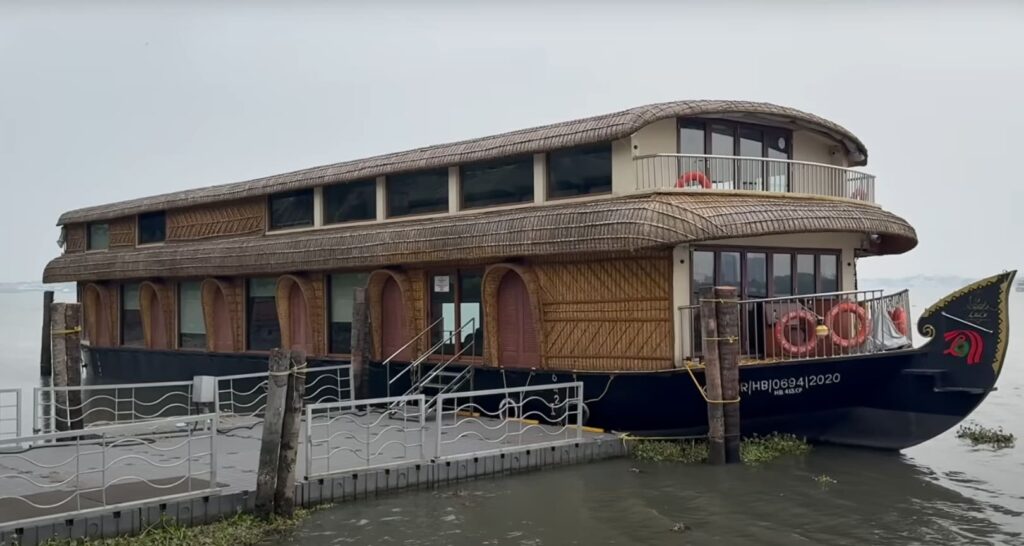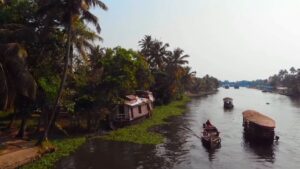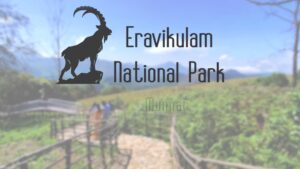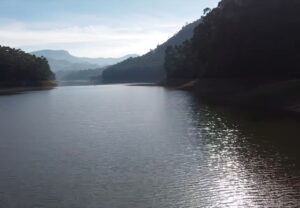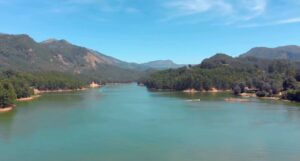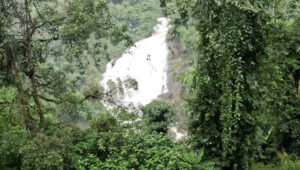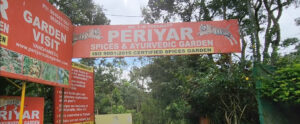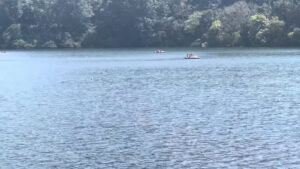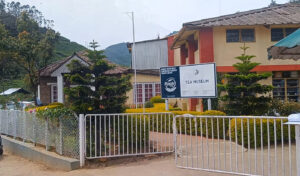Visit to Fort Kochi is feel like stepping into a different era. Fort Kochi is the mix of European, Jewish, Chinese, and Indian cultures makes it a living museum by the sea. Whether it’s the colonial architecture, the spiritual corners, the street food, or the traditional arts — Fort Kochi is not just a destination, it’s an experience.
If you’re planning a trip to Kerala, don’t miss this soulful town where every street, every flavor, and every performance tells a story of its own.
Things to Explore in Fort Kochi
Stepping into the Queen of the Arabian Sea – Kochi
Known locally as Kochi, the city is often referred to as the Queen of the Arabian Sea. According to local lore, the name ‘Kochi’ may have originated from the Malayalam word kochu meaning “small” — perhaps referring to a small harbor. Another theory connects it to Chinese traders who frequented the coast centuries ago. Whatever the origin, Kochi’s cultural richness is undeniable.
The Iconic Chinese Fishing Nets
Explore the iconic Chinese Fishing Nets, one of the most photographed and intriguing sights in Kochi. This traditional fishing technique, said to have been introduced by Chinese explorers in the 16th century, involves massive bamboo and teak structures operated by a group of fishermen using a system of counterweights and ropes.
Watching the nets dip into the water and rise again with the catch was nothing short of mesmerizing. The process is slow, methodical, and beautifully synchronized — a living display of Kochi’s heritage.
Exploring Fort Kochi: A Colonial Charm
Moving deeper into Fort Kochi, often called British Kochi, the European colonial influence becomes apparent in every street corner. The area is lined with charming lanes, heritage buildings, and coastal breezes that whisper stories from centuries past.
St. Francis Church – India’s First European Church
One of Fort Kochi’s must-visit landmarks is St. Francis Church, built in 1503, making it the first European church in India. What makes it even more special is its connection to Vasco da Gama, the Portuguese navigator who found the sea route to India. He was buried here in 1524, and though his remains were moved later to Lisbon, his tombstone still lies inside the church.
Jew Town & Paradesi Synagogue
As you walk further, the vibe subtly shifts. I entered the historic Jew Town, also called the Jewish Quarter — one of the most culturally vibrant parts of Kochi. You’ll find shops on either side, local crafts, spice stores, and the peaceful absence of vehicles.
A highlight here is the Paradesi Synagogue, built in 1568, making it the oldest active synagogue in the British Commonwealth. The word Paradesi means “foreigners”, referring to the Sephardic Jews who arrived from Spain and Portugal. The synagogue’s interiors are stunning, featuring hand-painted Chinese tiles, Belgian chandeliers, and Italian glass lamps. Photography is not allowed inside, but the experience is spiritual and serene.
Only two Jewish residents remain in this quarter today, and you can still identify Jewish homes by spotting the Mezuzah — a small white box containing a sacred parchment — on their door frames.
Dutch Palace (Mattancherry Palace) – A Royal Gift
Dutch Palace, originally gifted by the Portuguese to the Maharaja of Kochi in the 16th century. Later renovated by the Dutch, the palace holds beautiful murals and royal memorabilia — a visit worth planning .
A Flavourful Kerala Feast
Of course, no trip to Kerala is complete without indulging in local food. I had a traditional Kerala lunch that included pineapple chutney, prawn curry, fried fish, Kerala-style rice, and the beloved Kerala parotta. The flavors were rich, and the presence of coconut in nearly every dish made it authentic and aromatic. enjoy the food with scenic an open view of the water.
Experiencing Kathakali – Kerala’s Classical Dance
Kathakali performance. This classical dance form, native to Kerala and dating back to the 17th century, is not just a dance but a powerful storytelling art. Performed exclusively by men, Kathakali involves elaborate makeup, dramatic facial expressions, and intense physical training.
Watching the artists prepare for their roles was just as fascinating as the show itself. They use Ayurvedic mineral stones, mix colors with either coconut oil or water (depending on the character), and spend hours perfecting their look. The performance included educative demonstrations followed by a dance drama, showcasing the incredible control over facial muscles, eyebrows, and body movements.

